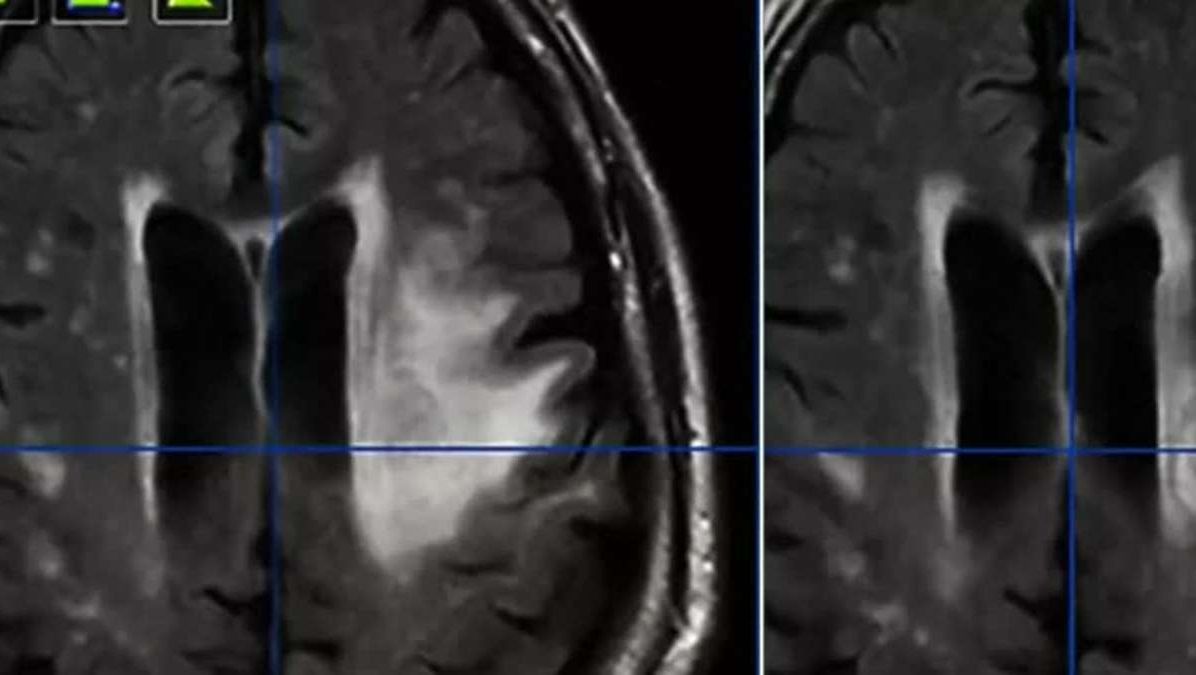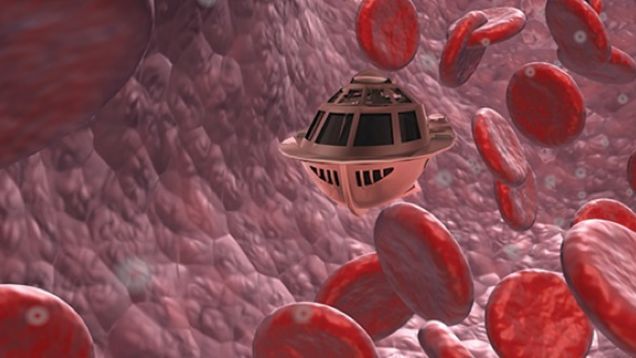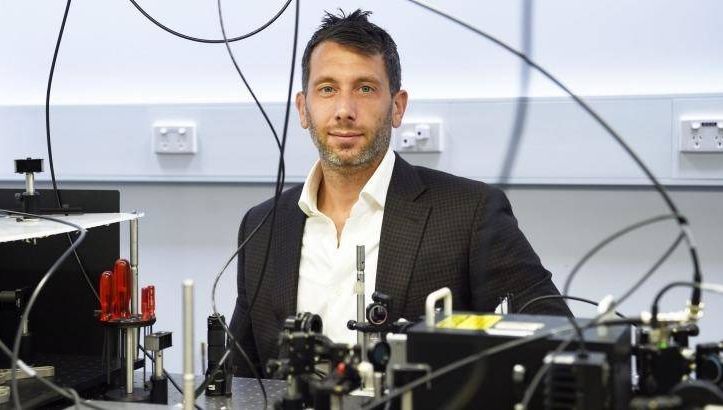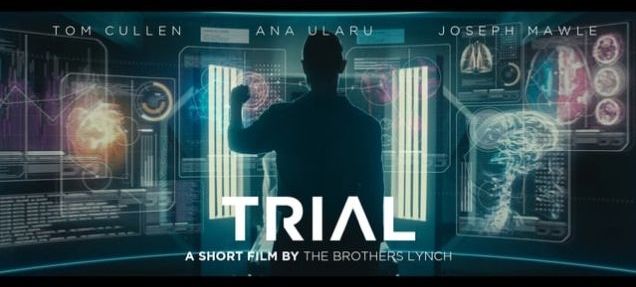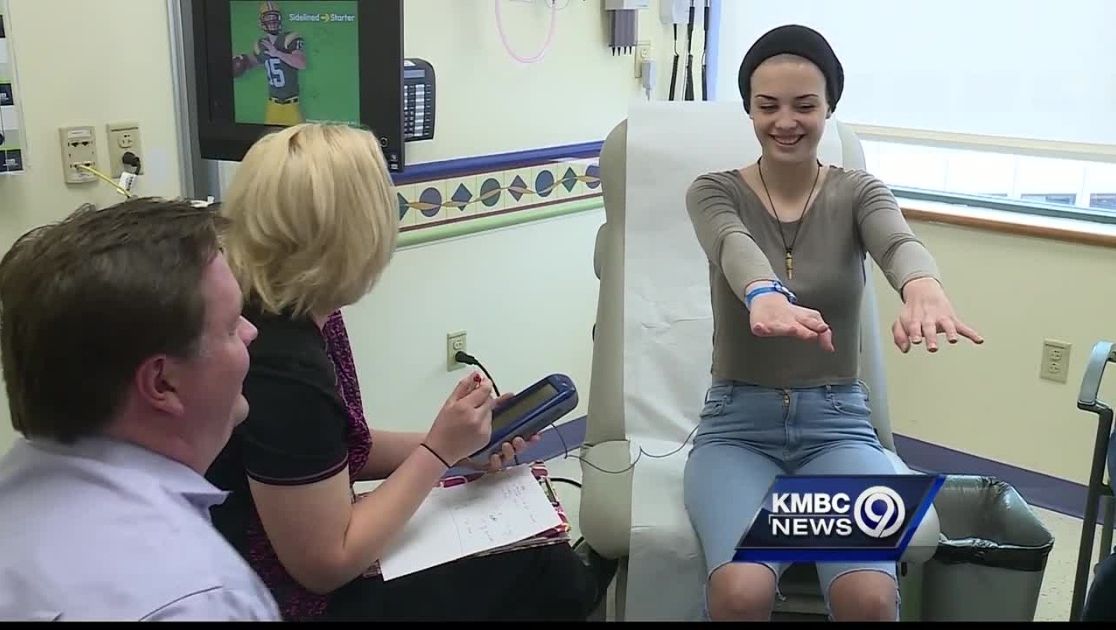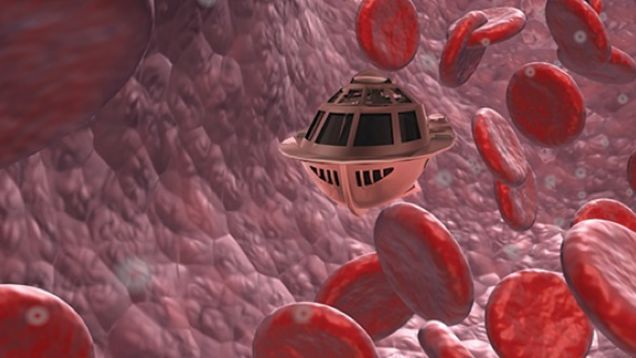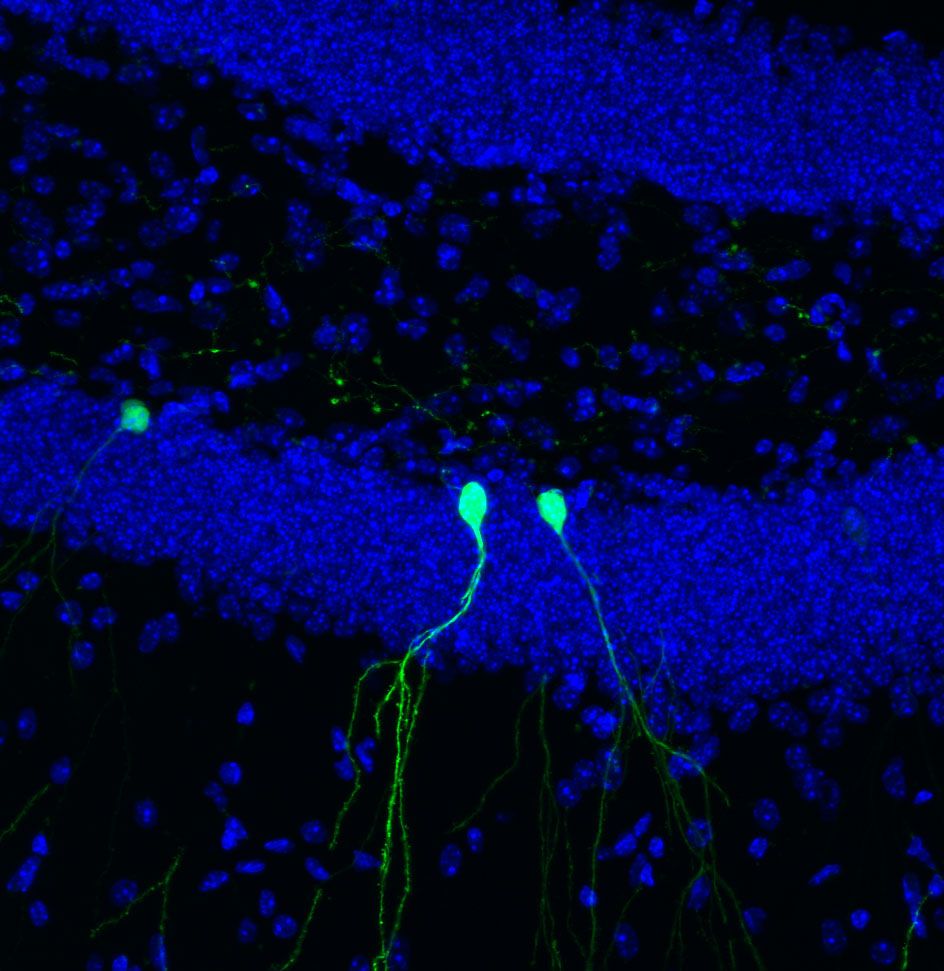Archive for the ‘neuroscience’ category: Page 849
May 3, 2016
The recently created World’s tiniest engine can enter living cells
Posted by Karen Hurst in categories: entertainment, neuroscience
No longer in the movies.
Specific regions of the brain are specialized in recognizing bodies of animals and human beings. By measuring the electrical activity per cell, scientists from KU Leuven, Belgium, and the University of Glasgow have shown that the individual brain cells in these areas do different things. Their response to specific contours or body shapes is very selective.
Facial recognition has already been the subject of much research. But what happens when we cannot recognize an animal or a human being on the basis of a face, but only have other body parts to go on? The mechanism behind this recognition process is uncharted territory for neuroscientists, says Professor Rufin Vogels of the KU Leuven Laboratory for Neuro- and Psychophysiology.
Continue reading “The recently created World’s tiniest engine can enter living cells” »
May 3, 2016
Brain Cells Divide The Work To Recognize Bodies
Posted by Karen Hurst in category: neuroscience
Specific regions of the brain are specialized in recognizing bodies of animals and human beings. By measuring the electrical activity per cell, scientists from KU Leuven, Belgium, and the University of Glasgow have shown that the individual brain cells in these areas do different things. Their response to specific contours or body shapes is very selective.
Facial recognition has already been the subject of much research. But what happens when we cannot recognize an animal or a human being on the basis of a face, but only have other body parts to go on? The mechanism behind this recognition process is uncharted territory for neuroscientists, says Professor Rufin Vogels of the KU Leuven Laboratory for Neuro- and Psychophysiology.
“Previous research in monkeys has shown that small areas in the temporal lobes — the parts of the brain near the temples — are activated when the monkeys look at bodies instead of objects or faces. Brain scans tell us that these regions of the brain correspond to the ones activated in human beings. But that only tells us which regions are active, not which information about bodies is passed on by their cells.”
May 3, 2016
Watch immune cells ‘glue’ broken blood vessels back together
Posted by Karen Hurst in categories: biotech/medical, genetics, neuroscience
Very cool!
As we age, tiny blood vessels in the brain stiffen and sometimes rupture, causing “microbleeds.” This damage has been associated with neurodegenerative diseases and cognitive decline, but whether the brain can naturally repair itself beyond growing new blood-vessel tissue has been unknown. A zebrafish study published on May 3 in Immunity describes for the first time how white blood cells called macrophages can grab the broken ends of a blood vessel and stick them back together.
“Microbleeding occurs very often in the human brain, particularly in elderly people,” says Lingfei Luo, a developmental geneticist at Southwest University in China. “We believe that this macrophage behavior is the major cellular mechanism to repair ruptures of blood vessels and avoid microbleeding in the brain.”
To simulate a human brain microbleed, Luo and his colleagues shot lasers into the brains of live zebrafish to rupture small blood vessels, creating a clean split in the tissue with two broken ends. Then, the researchers used a specialized microscope to watch what happened next.
May 3, 2016
US intelligence awards multimillion dollar grant to Sydney University quantum science lab
Posted by Karen Hurst in categories: neuroscience, quantum physics, science, security
All I can say is WOW!!!! US Security Intelligence awards contract to University of Sydney who is also partnering with China. Also, this should send a huge message to the university in the US that Sydney is kicking it.
The US office of the director of national intelligence has awarded a mutlimillion dollar research grant to an international consortium that includes a quantum science laboratory at the University of Sydney.
May 3, 2016
Dead could be brought ‘back to life’ in groundbreaking project
Posted by Shailesh Prasad in categories: biotech/medical, health, neuroscience
A groundbreaking trial to see if it is possible to regenerate the brains of dead people, has won approval from health watchdogs.
A biotech company in the US has been granted ethical permission to recruit 20 patients who have been declared clinically dead from a traumatic brain injury, to test whether parts of their central nervous system can be brought back to life.
Scientists will use a combination of therapies, which include injecting the brain with stem cells and a cocktail of peptides, as well as deploying lasers and nerve stimulation techniques which have been shown to bring patients out of comas.
Continue reading “Dead could be brought ‘back to life’ in groundbreaking project” »
May 3, 2016
Consciousness Uploading Goes Horribly Wrong in This Creepy New Sci-Fi Short
Posted by Sean Brazell in category: neuroscience
In this new short written and directed by the Brothers Lynch, a pioneering mind transfer procedure offers a quadriplegic soldier the opportunity to start a new life. Naturally, things don’t go quite as planned.
This teaser short, titled Trial, is a miniature version of an intended full-length sci-fi action thriller called Residual. Backed by Creative England, the new short is meant to help with the financing of the proposed feature.
Trial was produced by Ed Barratt of Hook Pictures, and it stars Tom Cullen, Ana Ularu and Joseph Mawle. Go here to learn more.
Continue reading “Consciousness Uploading Goes Horribly Wrong in This Creepy New Sci-Fi Short” »
May 3, 2016
Implant helps teen regain control of hands
Posted by Karen Hurst in category: neuroscience
Beautiful
A Blue Springs teen who has struggled to control her hand movements for years is seeing results after a brain implant.
May 2, 2016
The World’s Tiniest Light-Powered Engines Could Revolutionize Medicine
Posted by Sean Brazell in categories: biotech/medical, neuroscience
Nanomachines could revolutionize technology and modern medicine, if only we had viable power sources to make them move where we wanted them to go. Now scientists at the University of Cambridge have built the world’s tiniest engines, powered by light, as described in a new paper in the Proceedings of the National Academy of Sciences.
Dubbed “ANTs” (for actuating nano transducers), these itsy-bitsy devices could one day realize the vision of the 1966 classic film Fantastic Voyage, in which a miniaturized submarine crew travel through the body of an injured scientist to repair a blood clot in his brain—except there would be no need for shrunken human pilots. Like real ants, these nano engines can produce very large forces relative to their weight, according to lead researcher Jeremy Baumberg.
It works a bit like a spring mechanism. At the heart of the device are lots of charged gold nanoparticles, held together by a polymer gel that responds to changes in temperature. The gel is heated by zapping it with a laser. The polymer gel responds by expelling all its water in a fraction of a second and collapsing, much like coiling a spring. This stores elastic energy as the gold nanoparticles are smushed together into tight clusters.
Continue reading “The World’s Tiniest Light-Powered Engines Could Revolutionize Medicine” »
May 2, 2016
Adult brain prunes branched connections of new neurons
Posted by Karen Hurst in categories: biotech/medical, genetics, life extension, neuroscience
When tweaking its architecture, the adult brain works like a sculptor—starting with more than it needs so it can carve away the excess to achieve the perfect design. That’s the conclusion of a new study that tracked developing cells in an adult mouse brain in real time.
New brain cells began with a period of overgrowth, sending out a plethora of neuronal branches, before the brain pruned back the connections. The observation, described May 2, 2016 in Nature Neuroscience, suggests that new cells in the adult brain have more in common with those in the embryonic brain than scientists previously thought and could have implications for understanding diseases including autism, intellectual disabilities and schizophrenia.
“We were surprised by the extent of the pruning we saw,” says senior author Rusty Gage, a professor in Salk’s Laboratory of Genetics and holder of the Vi and John Adler Chair for Research on Age-Related Neurodegenerative Disease.
